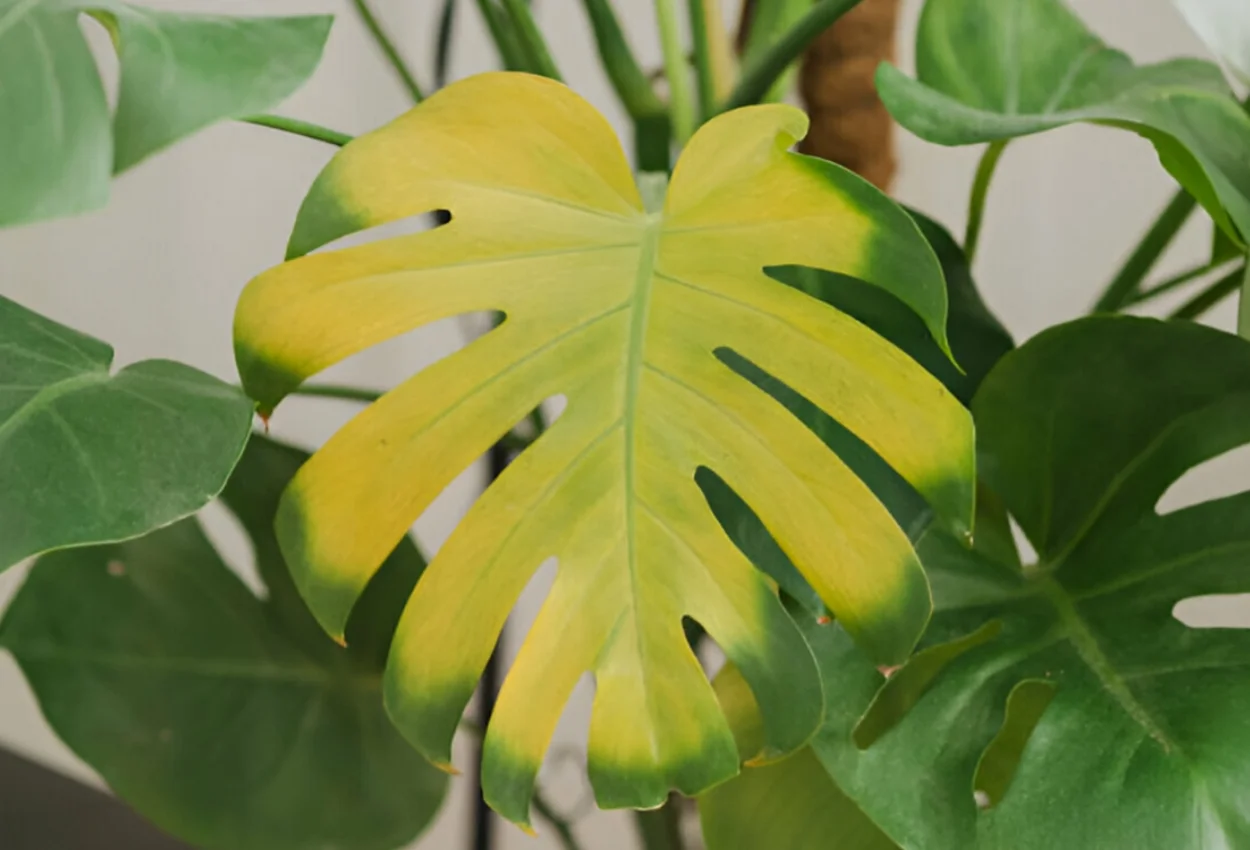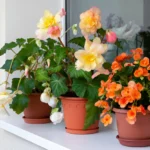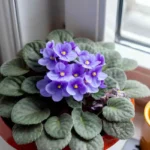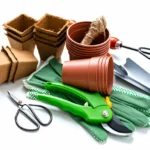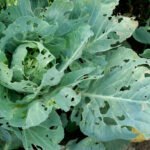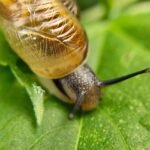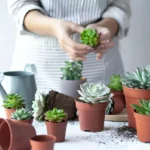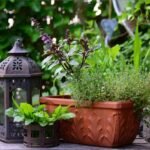Just as overexposure to sunlight can burn and darken human skin. Also, overexposure can cause houseplant leaves to turn yellow. Everything in excess can harm the plant, whether water or fertilizer. It’s essential to know the right amount to feed your plant.
Why are my houseplant leaves turning yellow?
Since house plants are grown indoors and most are from the tropics, the yellowing of leaves depends on your light, temperature, water, fertilizer, and area. Their leaves may turn yellow during winter dormancy, but this is normal.
How to understand plants are getting too much light?
You need to ensure the right environment for your indoor plants. Indoor plants mostly come from tropical and tropical rainforests. Their sun care varies by plant and locality. Yellowing, curling, turning green on one side and turning brown on the other, foxing, drooping, dry soil, and leaf drop are all signs of excess sun on your indoor plants. The best thing about plants is that they can indicate if any of the plant’s needs are getting too low or too high. But the tree can be seriously damaged if you don’t catch it.
The mistakes that beginners make in choosing the place of the tree
After buying a plant from a nursery or online and bringing it home, sometimes it is seen that due to late delivery or being closed (because it is in the packing carton), the plants drop their leaves. Since the newbies are unfamiliar with this matter, they need help properly caring for the tree. Also, taking the plant with you to the window of your house after bringing it home is a big mistake. As the plant journeys, you should water them sparingly depending on the location of the soil. Then, you keep it in bright light in a relaxed environment. Please do not open the plant immediately from the packet and expose it to the sun. They have not become accustomed to the sun in your house or window. Indoor plants can be adapted to the type, intensity, or amount of light they need.
Depending on the type of plants and their needs, the amount of light can be divided into three categories:
- Direct light
- Medium-light
- Low light
Newbies don’t understand the amount of light a plant gets, so they see a low-light plant placed in direct sunlight, resulting in the plant getting sunburned. If you are a new grower, get a clear idea of the amount of light from the seller when purchasing the plant. Many novice gardeners never expose their plants to sunshine or window sills; instead, they keep them indoors. When you bring plants inside, you need to provide lighting. You can’t grow a plant without light; you must need natural or artificial light to grow a plant. I remember buying two areca palm trees from a nursery as a freshman, but I never knew about them. That was my mistake. Then I brought them home and put them directly in the sun. After a few days, I noticed that my plant’s leaves had turned green to yellow, and some had dried up and turned brown. The trees looked like they were in a lot of trouble. I quickly learned by taking photos and posting them on social media that I was wrong to keep them alive. Now that I’ve brought the plants indoors, they are fine, and the leaves are healthy.
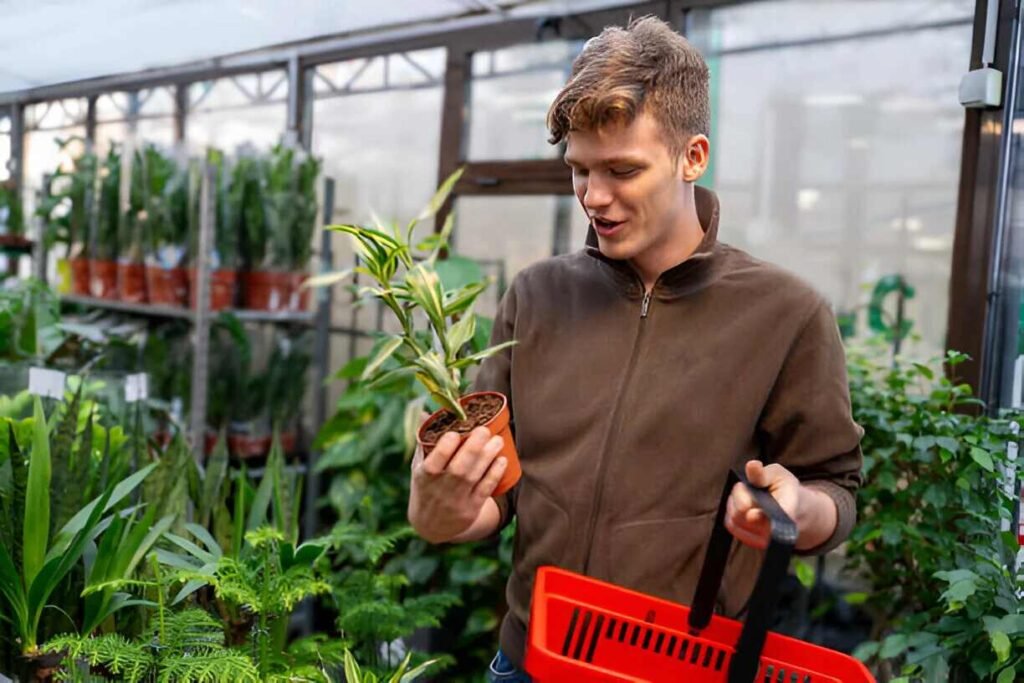
What to do in plant selection?
It would help if you prioritized a few things when purchasing plants when you want to grow plants indoors.
- the weather in your area,
- the temperature of the room,
- the amount of light in the windows, and above all.
How much you should take care of the plants?
Many buy and bring plants home without caring about light, water, and humidity. Measure how much light comes through your window. Buy plants accordingly and bring them home. If your room does not get enough light, then use artificial light. But remember that plants also need to rest. Don’t worry about growing outdoor plants indoors, as they need direct sunlight. Indoor low-light or low-light plants grow comfortably.
What do you do if your indoor plants are damaged by overexposure?
The first thing you should do when you realize or know that your plant has been damaged by excess sun is to move your plant’s tub out of the sun. If the plant’s soil has become dry due to excessive sun, water it. If the plants near the window are exposed to intense heat, you should hang a cloth on the window. Putting a wet cloth on it is best to maintain the room’s humidity. Cut off leaves that are burnt or brown with a pruner. But remember not to cut the green leaves. Gently expose plants that have been sunburned indoors to the sun. This will allow the plant to adjust to the sun again. Always keep the grow light on for 12 hours and off for 12 hours. Some plants may require more or less time. If you are growing seedlings at home, be aware of the sun, as too much sun can kill the newly born seedlings. Place some rocks on the tray under the plant tub and add water to keep the pot and plant moist.
Excessive sunlight breaks down the chlorophyll in the leaves of indoor plants, and the leaves turn pale brown or yellow. If you see such a situation, remove the plant from the sun. If the soil is dry, check the soil and water if necessary. Be aware of the light your plants need and know how much your plants need to grow indoors. Finally, prune the burnt, brown, and shriveled leaves. If you use a grow light, keep it on for a certain period and turn it off when necessary.
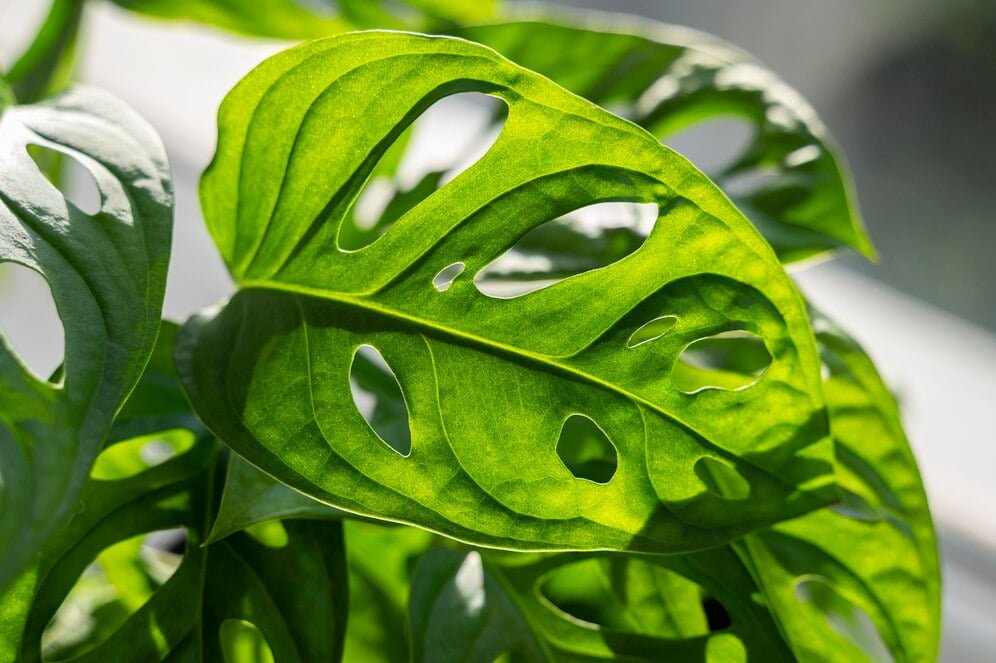
FAQ
Why is my plant growing only white leaves?
= This happened due to excess sun. Plants in excess sun can turn their leaves white.
Is too much sunlight and heat killing my plants?
= Yes, too much sun can kill your plants if you cannot care for them at the right time.
Does too much light cause leaves to turn quite pale?
= The leaves of the tree become pale with excessive sun.
Don’t forget to leave your comments after reading our article. Share the article to let your gardening friends know.
